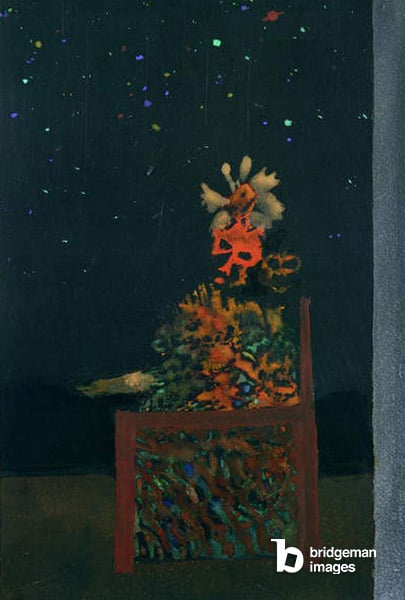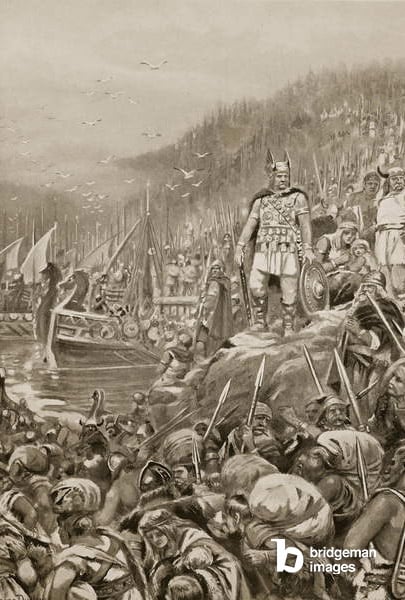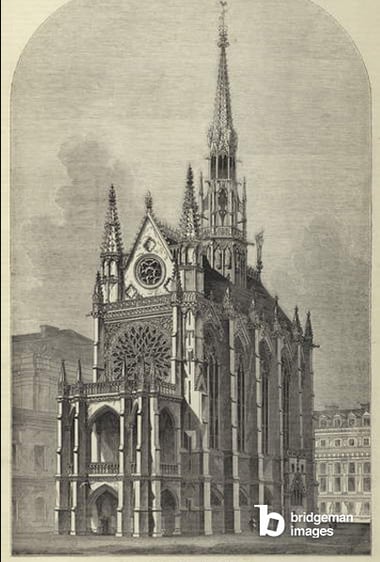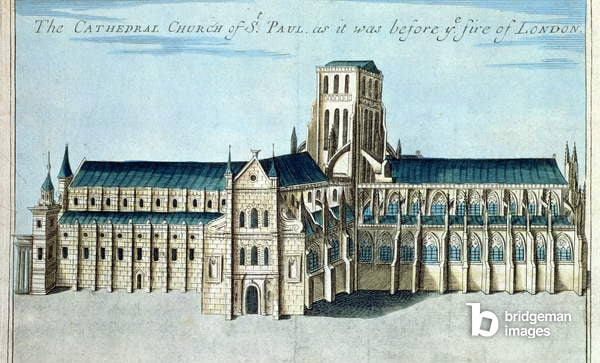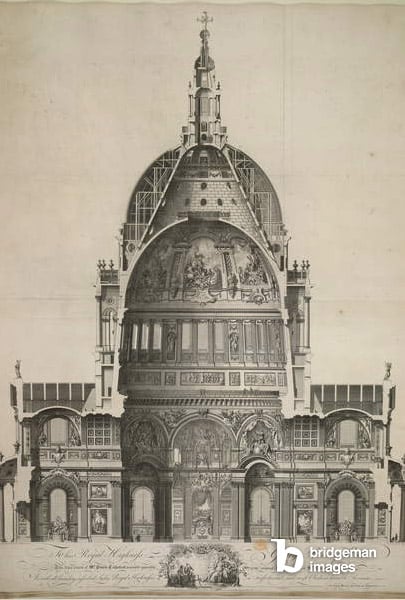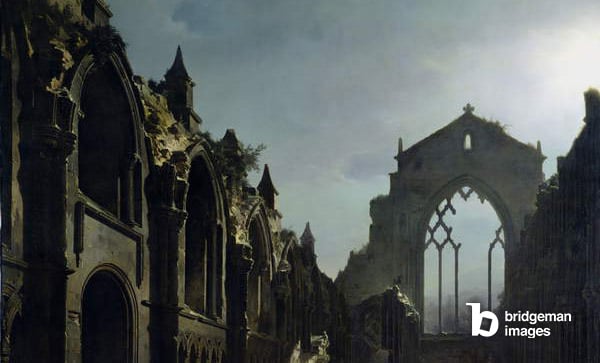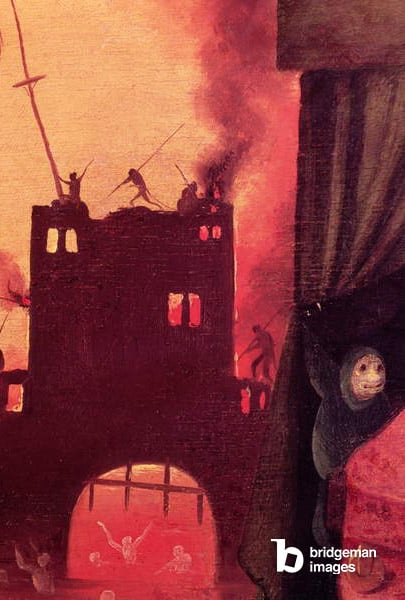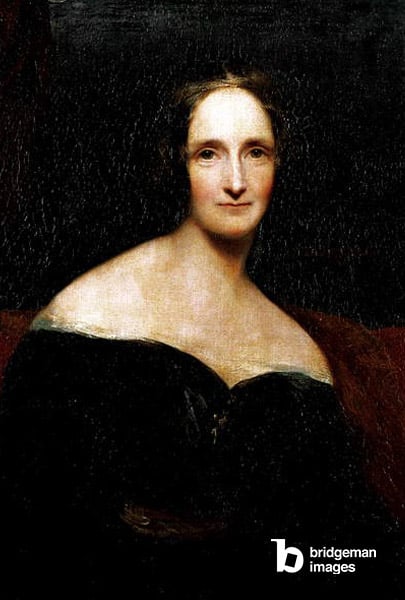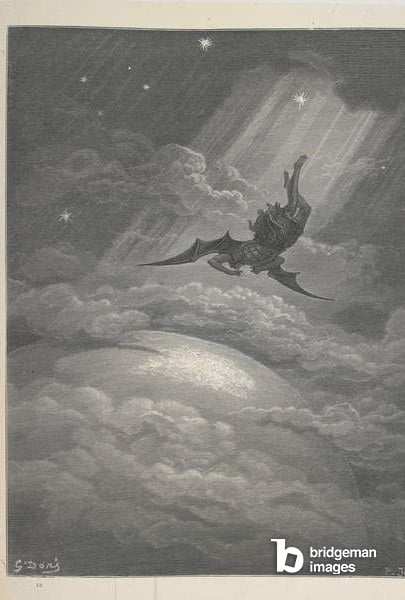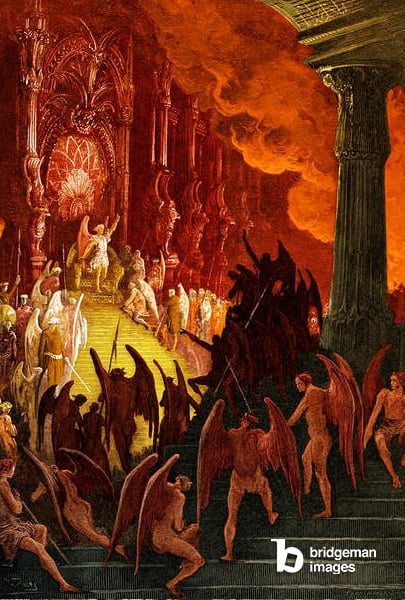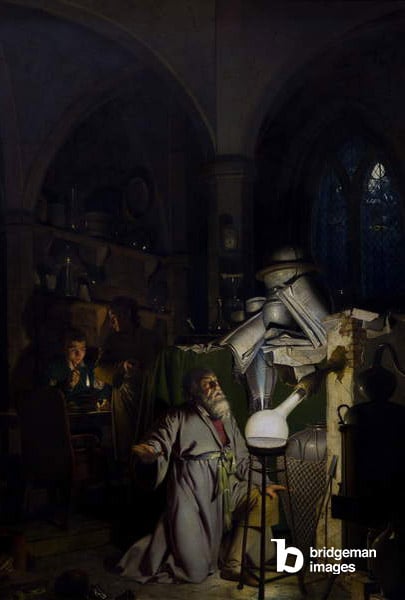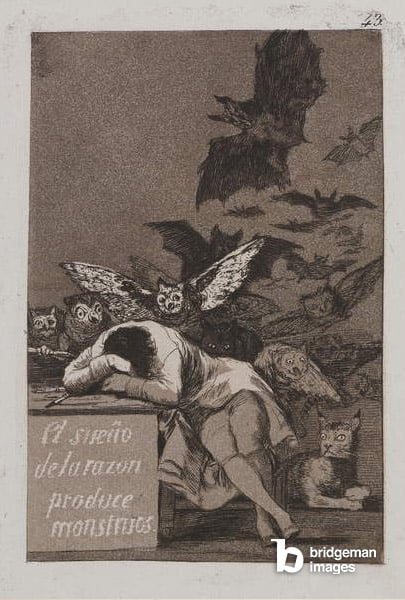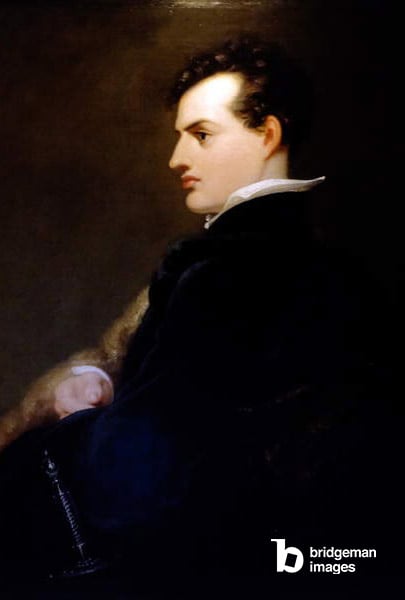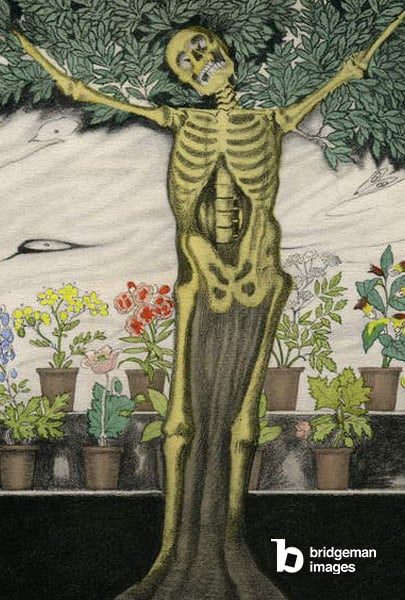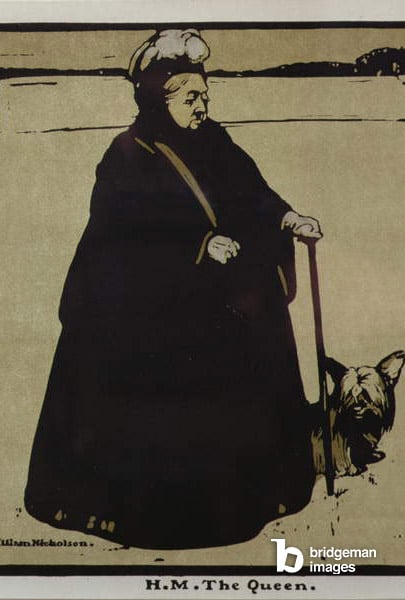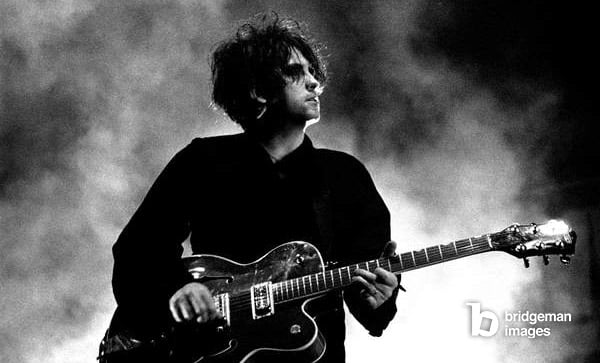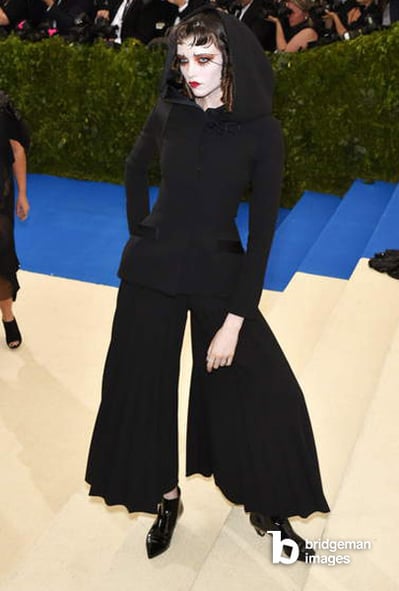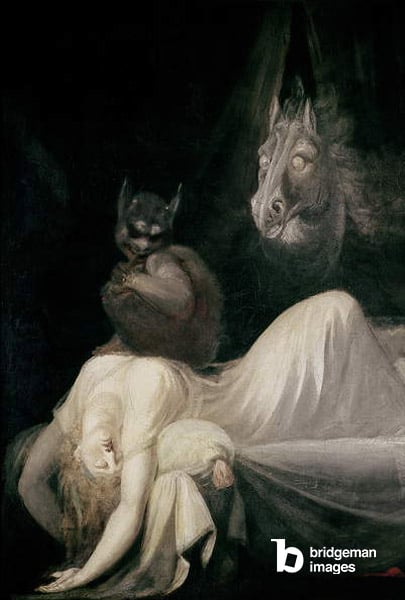
Heroes of Darkness : The Gothic Fascination Through the Ages
At some point in our life we have put on that black dress or jacket, or a combination of the two, prompting our friends to be shocked, amused, even impressed and say, 'Wow, you look like a Goth!' Maybe we have even called someone a 'Goth' ourselves, referencing the subculture of people who wear dark items of clothing and makeup to convey a mysterious, antiquarian and darkly alternative personality.
Today, the Gothic is normally thought of as a teenage fantasy and attraction, and often gets attached to the persona of the gloomy, moody teenager who can't displace their angst with the world. But to think the Gothic is something new, and just a passing phase, would be an erroneous and most unforgivable mistake. For the Gothic has been around for centuries, taking on many guises and forms throughout the arts.
In its every magnificent and terrifying manifestation the Gothic has proven to counter the status quo and mainstream opinion, cultivating a space beyond the frontiers of our known and accepted existence. In this article we will briefly charter the history of the Gothic, revealing its characters and champions across history, literature, architecture and music. So lets dive into the darkness and travel from the Arch to the Art, from Poet to Rockstar and explore why dancing with the devils is far better than sitting bored on high with the angels.
In the lines of Byron's Gothic poem above we are submerged into a horrific world void of light and reason. This depiction was not far removed from the traditional conception of western medieval history, commencing from the fall of the Roman Empire to the Renaissance. A Medieval Age thought to be un-enlightened and primitive, full of illness and chaos, when in reality it was civilized but alternative to the classical values and societies of the 'ancient world'. This dark age was brought on by the first heroes of darkness, the first Goths.
The original Goths were the Germanic tribes (Goths, Visogoths, Ostrogoths) who are credited with destroying the Roman Empire. Although this was not entirely historically accurate it became the widespread story, and the Goth's were viewed as barbaric, treacherous pagans who opposed knowledge and progress.
If we think of the word 'Goth' sounding like 'Off', we can hear how the terms Goth and Gothic where used to describe anything off culture or off course, and therefore originally being a term to describe something as alternative and anticultural.
Goth and Gothic then became synonymous with anything different to mainstream classical ideals developed by the Romans and Ancient Greeks. We can best understand this deviation by looking at the difference between Gothic and Classical architecture. What we call Gothic architecture was the prominent style of Northern Europe, and was much more asymmetrical and ornamental compared to Southern Classical architecture.
Both architectural styles where traditionally used for ecclesiastical purposes, to construct churches and cathedrals, yet they were strictly on opposing sides in terms of rules and ideals. The best way to spot the difference in the two architectural styles is through the design of the arches. The classical arch is traditionally semi-circular and perfectly curved whereas the gothic arch is usually pointed and triangular.
To remember this we might think of the Classical arch as a shield and the gothic arch as a spear. Attributing a more brutal character to Gothic architecture and art was popular in the Renaissance when classical ideals and aesthetics were reawakened. Anything Gothic was once again seen as undesirable and barbaric. Art critics like Georgio Vasari began using the term to lambast artists and their works, for it decreed their work unclassical and uneducated.
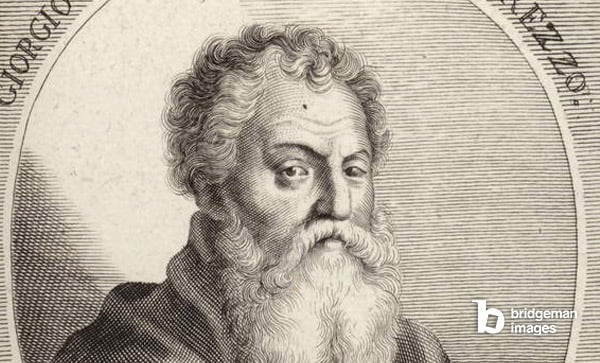
Whether the Gothic was seen negatively or not depended on which side of the stylistic battle you favored, and the fashion of the period. This was always changing and often buildings would be redesigned in the opposing style. St Paul's cathedral is one example of this, originally designed in the Gothic, when it was rebuilt from the flames of the great fire of London it was re-designed in the classical style preferred at the time.
Many of the most beautiful and famous buildings existing today are designed in the Gothic style. We may think of Notre Dame or the Salisbury cathedral. Even though we admire them, the stye and term Gothic declared it unclassical and in opposition to classical culture and ideals. Therefore right from the beginning the term Gothic declared something as alternative and fascinated with forces more irrational and unknown.
'That humility, the very life of the Gothic school, is shown not only in the imperfection but in the accumulation of ornament.'
John Ruskin
Our fear in Gothic architecture, and perception of it being spooky is likely to be more taught than innate. For this we can thank Gothic literature in the Victoria age, which popularized ghost stories set in the spooky halls of castles and the ruins of churches.
It had been common practice to include supernatural and Gothic elements in literature before the Victorian age. Notably, Shakespeare often used ghosts and magical elements in his works; the tragedy of Hamlet begins with an apparition of his murdered father who calls for Hamlet to avenge him.
But it was the Gothic literature of the 19th century that decided to focus and expand the reach of this dark imagination, and construct entire narratives around supernatural wonders. This started with the writer and pioneer of Gothic literature, Horace Walpole, who wrote what is considered the first horror and Gothic novel, The Castle of Ontario.
Walpole wrote his fearful tale after having a nightmare in his house on Strawberry Hill, which was designed to resemble a Gothic castle. Fascinated by medieval tradition, Walpole saw its possibilities to terrify and merge the boundaries between the past and present - and the boundaries between our reality and imagination.
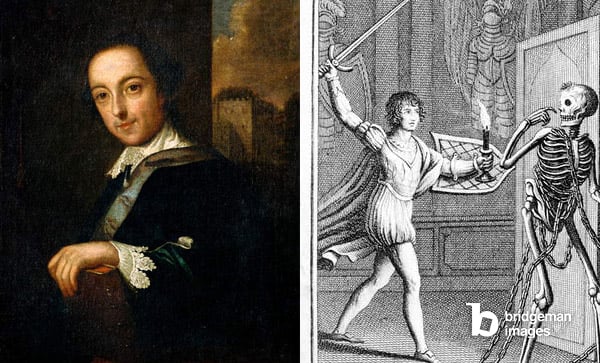
By writing in this style, Walpole detached himself from literary realism, the prominent writing style, which had focused on the objective, political and social nature of life. Writing in the Gothic genre was then a rebellious act against the enlightened approach to art that was common in the 'Age of Reason'. Th genre harnessed the potential of medieval architecture and opinion to court the unenlightened and unreasonable, allowing for a more individual and alternative approach to writing and art.
Because of this Gothic writing created a form where the repressed fears and ideas of society could project themselves. Many of the stories focus on private fears and have often been read to pose questions on gender dynamics with hidden queer expressions which couldn't be represented safely at the time. Gothic literature dealt with the 'darkness' of human nature, through displaying the inhuman, more in the human, represented in the characters and narratives.
There are many recurring themes in Gothic literature covered in another one of our articles here. One main theme is the anti-hero. This is a term many have become familiar with in modern day films, where the protagonist is a villain or unheroic; made popular in films like the Godfather, Joker and Morbius.
Although the anti-hero shares similarities with the tragic hero often used in Romantic literature and imagery, the antihero goes further by having a limited and failed nature. With Gothic literature the antihero became a key focus and theme for exploration.
The antihero was created to be the opposite version of a hero. If we think back to conventional Christian thinking, absolute good and evil was depicted through the binaries of Heaven and Hell, Light and Dark, God and Satan. The antihero would be on the side of darkness, but unlike a tragic hero, whose life is tragic by the unlucky circumstances of their fate, the antihero is lost and doomed due to their very nature and its limitations, which they cannot change, nor escape.
Creating these protagonists and characters meant they where often not human beings but rather evil dark creatures. Arguably the most iconic and impressive creations of the antihero was the depiction of Satan in John Milton's epic poem Paradise Lost. In this text Satan is cast out of heaven by God for trying to rebel against his authority and control, falling into a lake of fire which burns and transforms him from angel to devil.
In Milton's story Satan is positioned in a sympathetic manner, his crime was fighting for freedom and anarchy. Satan's weakness and evil deed in many ways was his unacceptance of fate and determination to defy the laws of nature which imprisoned him. Many Romantic and Gothic writers where inspired by this treatment of Satan, with William Blake claiming Milton 'was a true Poet and of the Devil's party without knowing it.'
This inspired later antiheros of Gothic literature, most notably the monster in Mary Shelly's novel 'Frankenstein', and Bram Stoker's vampire 'Dracula'. Both tales have protagonists who are similar to human beings but have a supernatural factor which changes them into monsters.
The uncanny nature of the antihero enabled the tales to be more terrifying, compelling and darkly comedic. Each monster is beyond the normal laws of mortality, which is not a gift, but a curse, damning them from the natural world. In Frankenstein, the monster's damnation results from societies disgust and fear, as it sits in this realm of being neither man nor woman, in this undefinable space between. Written by the female author Mary Shelly, the monster and the tale is often interpretated for challenging gender anxieties and societal prejudices (which are the real evil in the novel).
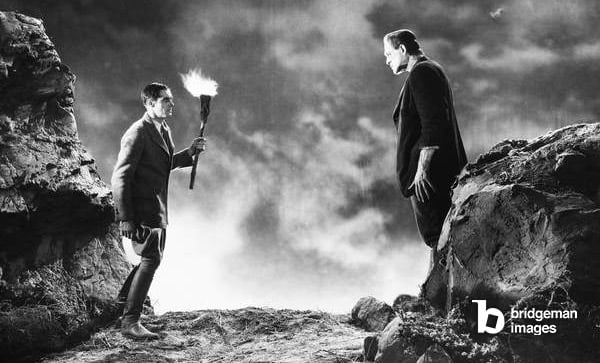 Frankenstein, Colin Clive, Boris Karloff, 1931 / © Everett Collection / Bridgeman Images
Frankenstein, Colin Clive, Boris Karloff, 1931 / © Everett Collection / Bridgeman Images
"Did I request thee, Maker, from my clay
To mould Me man? Did I solicit thee
From darkness to promote me?"
Paradise lost
In the world today, infamous celebrity figures have become common and popular, and in many ways they are real life antiheros. Everyone gets excited over the controversial personalities out there, although we can all agree some take things a step too far. Infamous celebrities have existed throughout history and some are tied closely with the Gothic; none as much as the dark, mysterious and hauntedly 19th century poet Lord Byron, who in many ways can be considered the first living antihero of the Gothic.
According to legend, Byron created a scandalous reputation for himself living a nocturnal life of wine and seduction. A popular poet of his time, Byron worked in the Romantic school, but unlike his contemporaries focused on the failings and weaknesses of humanity in a manner that shocked society with its immoral and depraved subjects.
Byron lived a highly alternative and controversial lifestyle. Living in self-exile, he often fell into states of depression and melancholy, and although he did not drink blood he was the inspiration for the first Vampire tale; thanks to his character being attractive, mysterious, and antiquated.
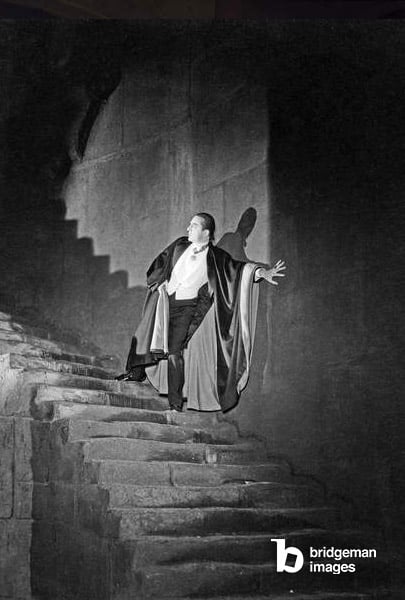
Along with his reputation it was Byron's appearance that largely influenced the vampiric figure, as he dressed in dark clothes that vividly contrasted with his pale face. Throughout his life many where fascinated by his character and his fame was monumental, spreading rumors and secrets about the macabre celebrity, who supposedly spent his time drinking wine out of skulls.
Another scandalous, individual and macabre celebrity of his time was the French poet Charles Baudelaire. Working in France, Baudelaire was a rebellious figure who revolted against bourgeois society. His nonconforming lifestyle was epitomized in his fashion choice; preferring to wear dark and dreary clothes and sometimes dying his hair green.
Again, becoming the doomed antisocial and anti-personal artist, Baudelaire cut himself from the traditional mode of life and writing, creating poetry that favored the more sorrowful and melancholic side of his nature, merging with, and often being lost within the potent possibilities of the sensual world.
His most famous work was a collection of poems competed in 1857, titled ‘Les fleurs de mal’ or The flowers of Evil. When it was first published, the collection was trialed in court for being too offensive and dangerous for respectable society, but after the removal of a few poems the collection was free and infectious.
Baudelaire’s vision of the world like Byron's was full of pain and danger. Everywhere deeds where being done in temptation and greed, failure and disease; the abominable natural world was having its way with mankind. Lightness and life were no sanctity for the likes of these who detached themselves from the distracted and unperceiving public. For them, the world was empty of reason and only death could bring the desired transformation for these doomed heroes.
Both these figures turned themselves away from society in order to highlight the beastly, uncivilized, egregious truth of it all. Whilst their effort was clearly melodramatic and comical in many ways, both poets became heroes of the Gothic and began to wrestle with existential anxieties and the irrational side of life. No topic offered them more possibilities and confusion than Love, which they expressed in its most powerful and deadly shade.
"Pour your poison so that it will comfort us!
The fire searing our brain is such that we want
To plunge to the bottom of the abyss, whether it be Heaven or Hell,
To the bottom of the Unknown in order to find something new!"
Charles Baudelaire
If not the biggest celebrity of her time, Victoria was well known for refusing to wear anything other than dark clothes for forty years. This decision was made in the wake of Prince Albert's death in 1861.
Following the tradition of wearing mourning dress to signify grieving, normally this would only last for a few years, but Victoria took this practice to the extreme and refused to relinquish her love and loyalty to her late husband. An overly romantic and gloomful representation of herself like this makes Victoria perfectly macabre and Gothic.
Realizing Queen Victoria may be considered a Goth, the song 'God save the Queen'; not the national anthem but the Punk anthem released by the Sex Pistols in 1977, is given a more Gothic context.
The song pleads for the Queen to be saved, explaining she is an inhuman being, who's existence reflects the condition of England; poisoned and without hope or future. This is telling of how Punk and Post-Punk Rock revived Gothic elements and imagery to make their alternative, anarchistic and rebellious music.
"God save the Queen
She ain't no human being
There is no future
In England's dreaming"
Sex Pistols
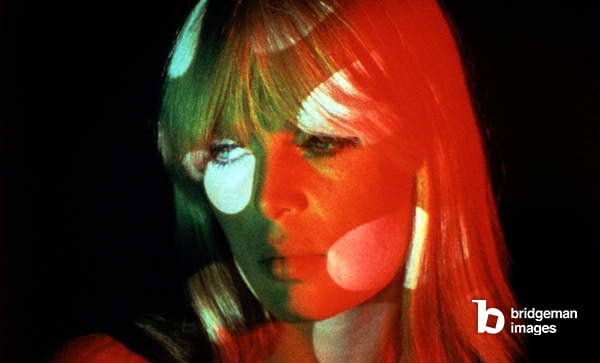
Gothic Rock itself began in the 1970s as a sub-genre of Post-Punk. It incorporated dimmer sounds, dark arrangements, dramatic melodies and melancholic lyrics. Inspired by the Gothic literature that had come before, the songs center on existentialism, dark romanticism and morbidity, with many of the bands idealizing death and the supernatural through their epic soundscapes.
Started by Avant-grade artists of the 70s, the likes of which include: The Doors, The Velvet Underground, Nico, it grew with more momentum with later bands Joy Division and The Cure.
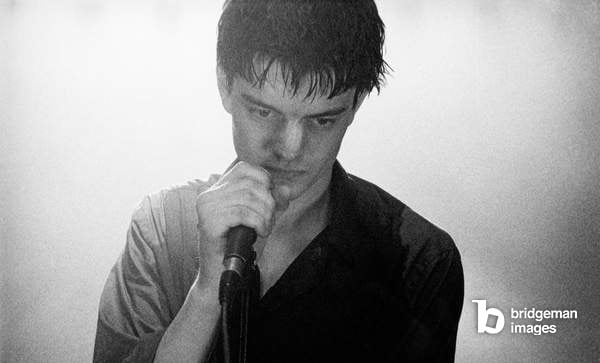
Joy Division's lead singer and songwriter Ian Curtis reincarnated the macabre, Byronic and Gothic celebrity. Curtis conveyed his troubled condition through his lyrics and onstage performances as he moved about in an ungraceful, chaotic, trancelike dance. Illness was of focus, with Curtis often singing and being moved by the epilepsy he suffered from. Again, like the poets before the sentiments of life where overwhelming and unbearable, none more than that catastrophic force, Love, summed up in their iconic hit, "Love will tear us apart again."
The cure was another band that pioneered Gothic rock, with Lead singer and songwriter, Robert Smith also becoming a re-incarnation of the Gothic celebrity. Smith even reworked the literature of Charles Baudelaire in the song 'How Beautiful you are', a re-telling of Baudelaire's poems 'The eyes of the poor'.
The band and Smith's look became increasingly more theatrical and dark which influenced the aesthetics of later bands and fans committed to the gothic trend and sub-cultures.
The first anti-heroes of Gothic Rock established what would become the Gothic aesthetic, wearing dark and gloomy clothing. Disciples of there music adopted these non-conforming looks and began to create an identity and culture around it. This is where the modern term Goth comes from, relating to the sub-culture started in the 70s and 80s. Like all things Gothic, it was alternative and anti-cultural, opposing the status quo in favor for expressing deeper and more personal emotions and sensibilities.
Since its emergence the Goth sub-culture has flourished and taken on many shades and colors. Today there is a diverse range of Goth identities, ranging from the early version now termed as traditional or Trad Goth to other manifestations like Cyber Goth.
Traditional Goth references the early goths of the 80s, who champion the influential Gothic rock music of the time. Although Trad Goths stick closely to this era and its music the other, more novel Goth variations have their own attributes and lifestyles. Cyber Goths for instance incorporate neon colors into their aesthetic and commit to regular raving.
But the range expands more widely, with many other identities and variations included. To name a few there is; Victorian Goth, Emo Goth, Deathrocker Goth, Romantic Goth, Hippie Goth, Vampire Goth, and many, many more. Although every variation has its own idiosyncrasies, they are all risen from Gothic foundations of being alternative and off tradition; using darkness to idealize and evoke our somber mortality and a more emotionally driven nature.
Goth sub-cultures are still popular and niche today in their many variations. Finland is reported to be one of the countries where Goth culture is thriving, with an estimate of one in fifty people identifying as a Goth. But the fascination is worldwide, having a presence inside and outside of Europe where it was birthed.
We can see the Gothic fascination most prominently and vividly in film and media today. TV sensation and flagship Netflix show Stranger Things is a project that revived American 80s imagery with supernatural uncertainties and ominous hidden dangers. Film today has been a breeding ground for Gothic imagery and influences, especially when it comes to the antihero. The cloaked vigilante and antihero Batman, runs through the streets of Gotham, fighting an endless torrent of crime and corruption. Even in Star Wars, the iconic Darth Vader, a monstrous dark machine man, who was corrupted and overrun by emotion, falling to the dark side becoming doomed to be evil.
The Gothic fascination remains strong in music with artists reworking gothic looks and sounds, like Dua Lipa and her reported 'Goth' stage. It seems the Gothic fascination festers on, and is more powerful than ever. Even though the Sex Pistols declared there is 'No future', it seems one thing we can guarantee is a future for the gothic, yet is it a future we dare not dream of, for we may become lost in the nightmare.
More on the Gothic:
https://blog.bridgemanimages.com/blog/terror-and-wonder-10-key-elements-of-gothic-literature
Let us know in the comments what fascinates you about the Gothic, and feel free to get in touch with our team for any queries and help needed.
But please, leave the doom and gloom out of it!

